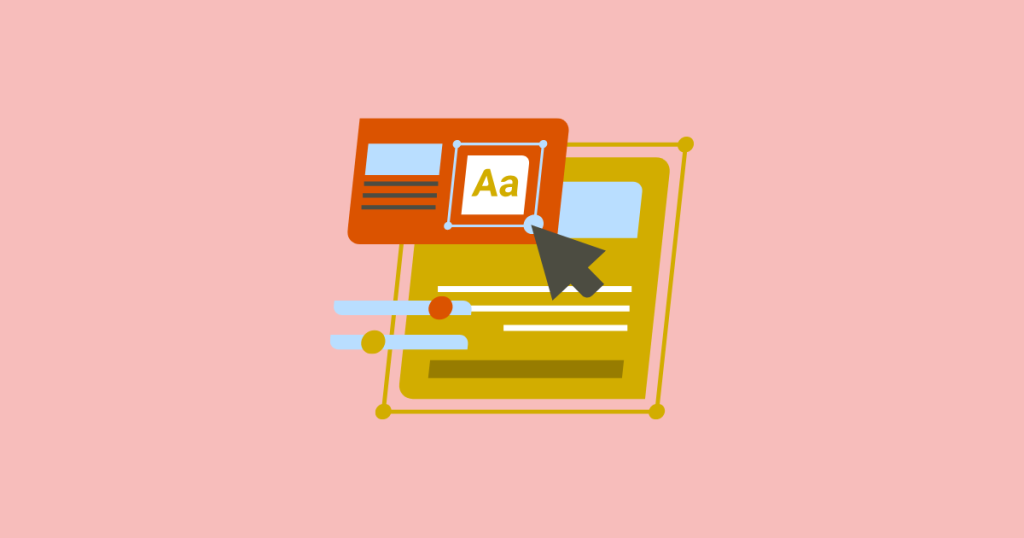In a world where speed and innovation often define success, design sprints have emerged as a powerful tool for tackling complex business challenges.
Developed at Google Ventures and popularized by Jake Knapp, they are a powerful tool where rapid progress and early feedback are critical.
However, while design sprints promise efficiency and creativity, they may not be ideal for every challenge.
They also come with their own set of pros and cons.
In this article, we’ll explore the key advantages and potential drawbacks of the design sprint methodology.
What is a Design Sprint?

Before we dive deeper, let’s define and understand what a design sprint is.
It is a week-long (typically five days) exercise/methodology for teams to create and test realistic-looking prototypes.
It saves time, allows teams to quickly validate ideas, gather actionable feedback, and reduce the risks associated with launching new products, services, or features.
How Design Sprints Work: A Step-by-Step Overview
DS follow a structured process that guides teams from understanding a problem to testing a prototype with real users.
Let’s break it down day by day:
Day 1: Map (Understand the Problem)
- The team gathers to further understand the challenge, align on goals, and map out the user journey or process.
- Experts share insights, and the group identifies a specific target area to focus on for the sprint.
Day 2: Sketch (Generate Solutions)
- Each team member independently sketches possible solutions, drawing on inspiration and best practices.
- The emphasis is on quantity and creativity, ensuring a diverse range of ideas.
Day 3: Decide (Choose the Best Solution)
- The team reviews all the proposed solutions, discusses their merits, and uses structured decision-making to select the most promising approach.
- A detailed storyboard is created to plan out the prototype.
Day 4: Prototype (Build a Realistic Model)
- The team rapidly builds a high-fidelity prototype that simulates the chosen solution.
- This prototype should be realistic enough to elicit genuine reactions from users during testing.
Day 5: Test (Validate with Users)
- The prototype is tested with real users, and the team gathers feedback to understand what works, what doesn’t, and where to iterate next.
- Insights from this phase inform future development and decision-making.
When Are Design Sprints Most Effective?

In our most sincere and knowledgeable opinion, DS are most effective with scenarios where rapid, collaborative problem-solving and early validation are critical.
Let’s take a look at this real-life example on the case of Quizlet, an online learning platform.
Quizlet used a design sprint to determine which new features would best meet the needs of its student users.
By rapidly prototyping and testing different ideas with real users during the sprint, the team was able to gather actionable feedback and quickly prioritize the features that resonated most with their audience.
This allowed Quizlet to focus its development efforts on solutions that had already been validated, streamlining its product offerings and delivering a more personalized learning experience.
In summary, DS are good for:
- Big and complex challenges
- Need for rapid validation before development
- cross-functional collaboration required
- Innovation and new ventures
- Resource or time constraints
Design Sprints Pros and Cons

Understanding the strengths and limitations of DS is key to deciding if it is the right fit for your team and project.
Here are some of them:
Pros:
- Accelerate problem-solving and reduce time-to-market by condensing months of work into a few days.
- Foster cross-functional collaboration, creativity, and team alignment by bringing together diverse perspectives.
- Focus on user-centered design, incorporating real user feedback and testing to ensure solutions meet actual needs.
Cons:
- Require significant time and commitment from key team members, which can disrupt normal workflows.
- May not provide deep research or fully address complex problems due to the fast-paced, time-limited format.
- Not suitable for every challenge, best for ambiguous or high-stakes problems rather than simple, well-defined tasks.
In Conclusion
At the end of the day, design sprints can be a total game-changer, or just not the right fit.
Like anything else, they come with their ups and downs.
But if you’re looking for a fast, focused way to solve problems and test ideas, they’re definitely worth trying out.
What do you think? Are design sprints the future, or just a trendy buzzword? Drop your thoughts in the comments below!
And, if you enjoyed this post, make sure to check out the rest of our blog for more tips, insights, and real-talk on all things design sprints and strategy.



